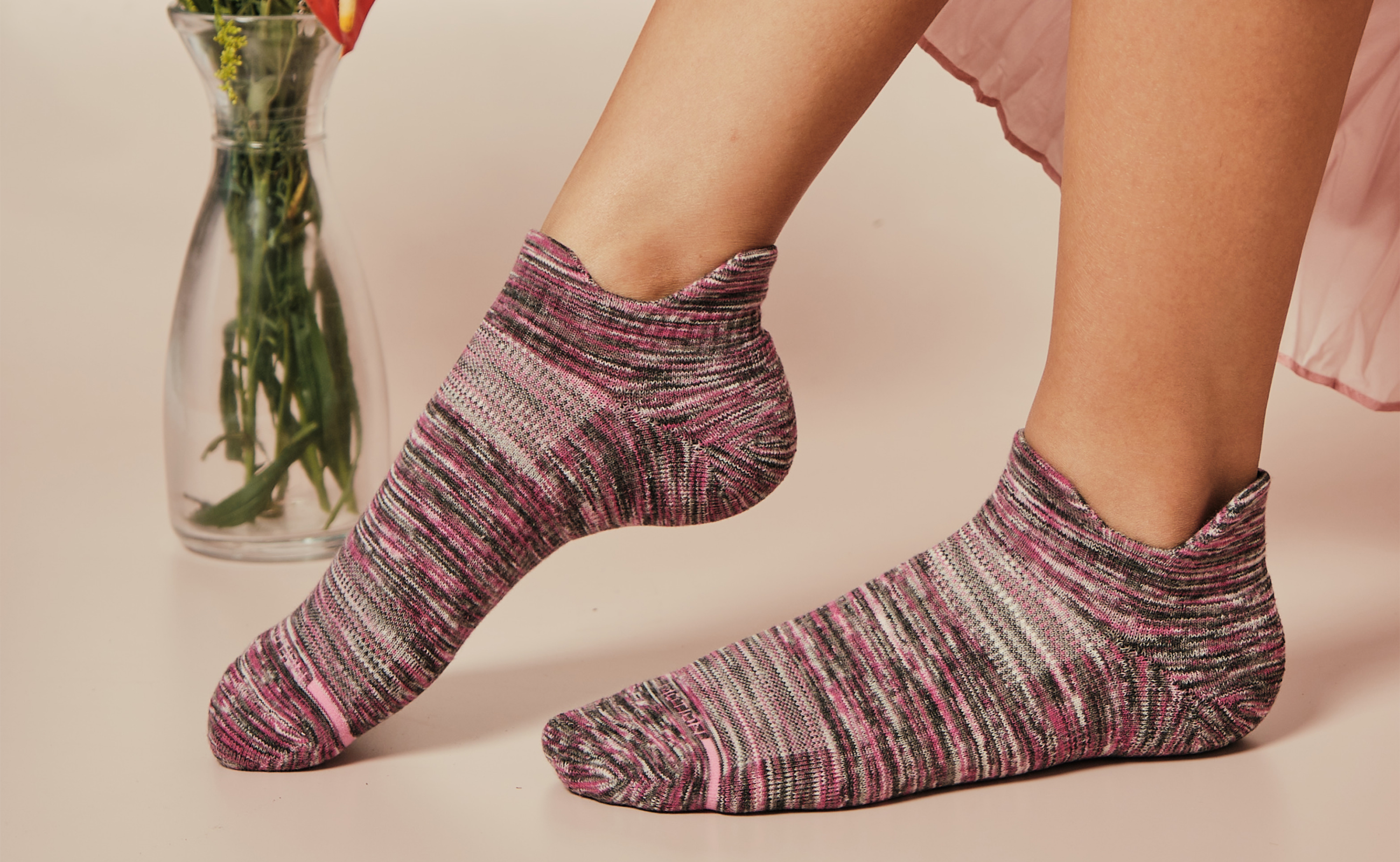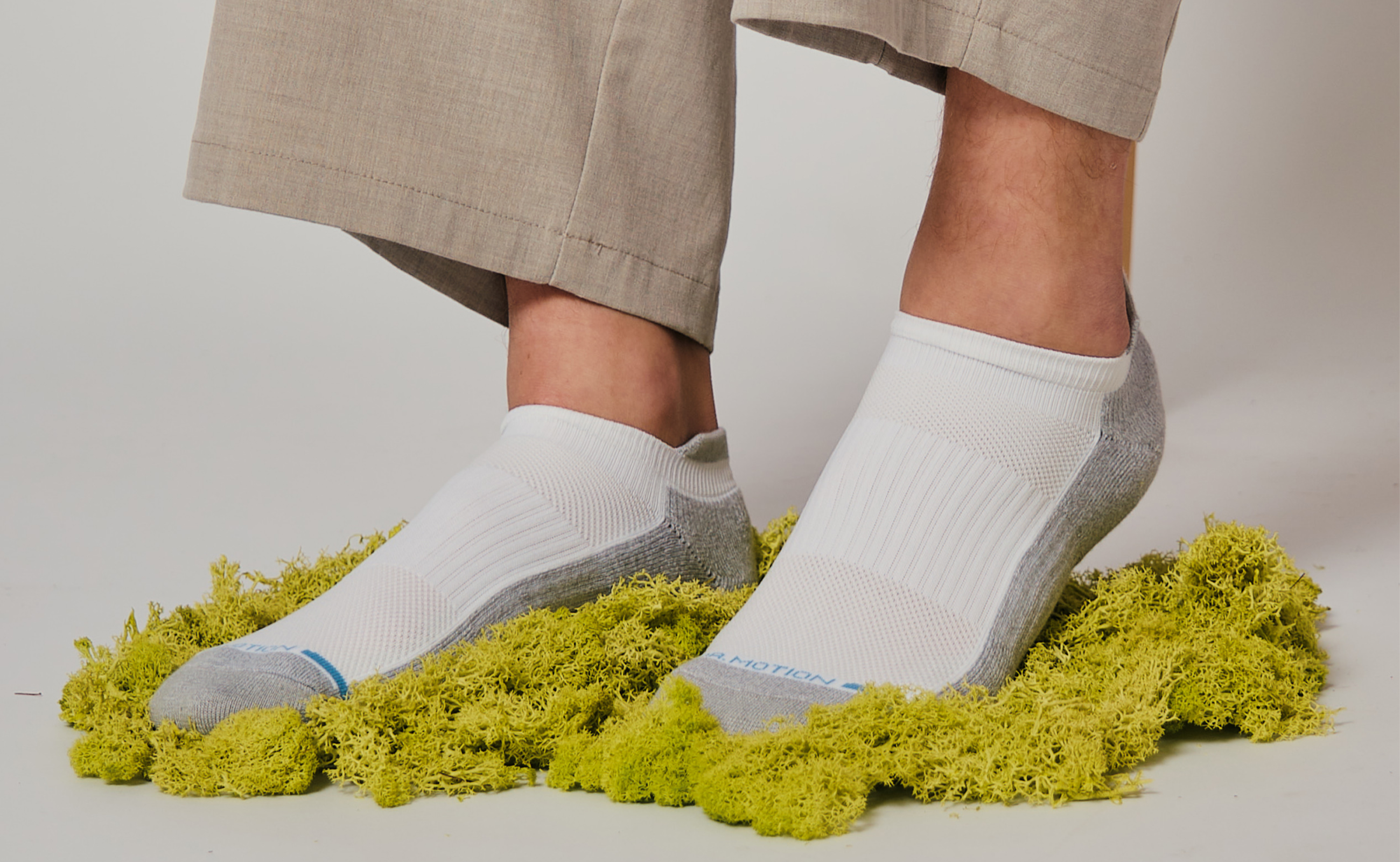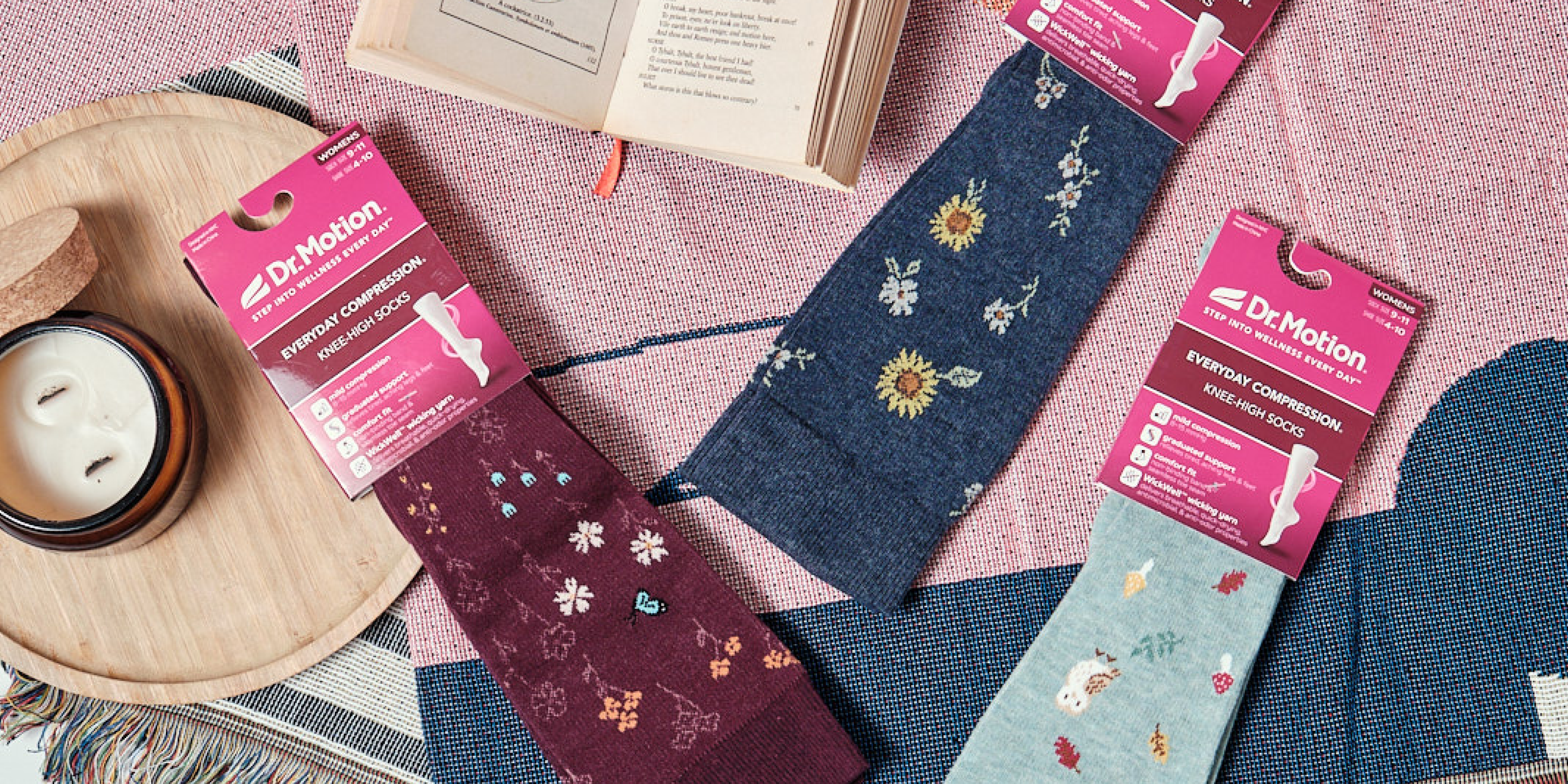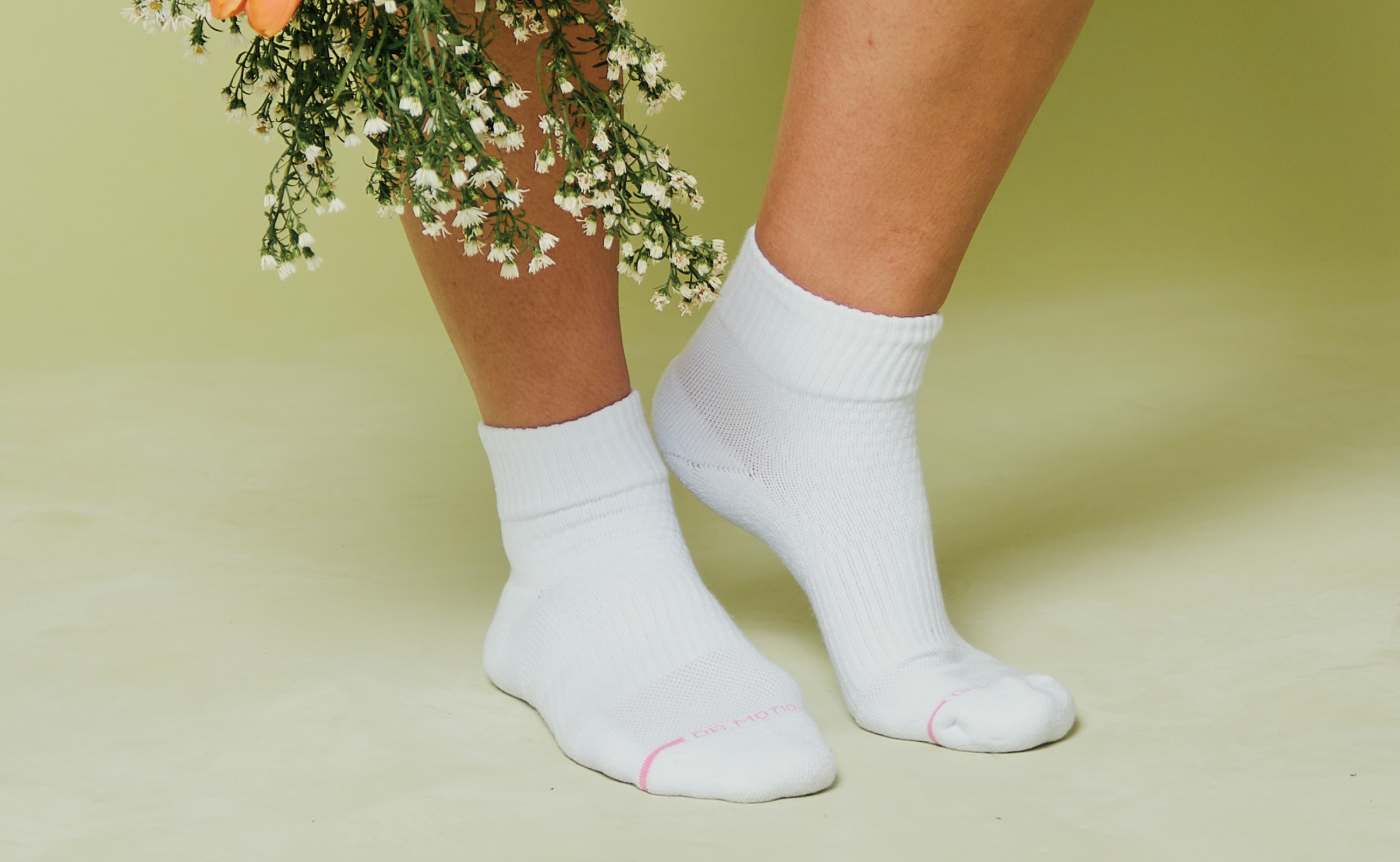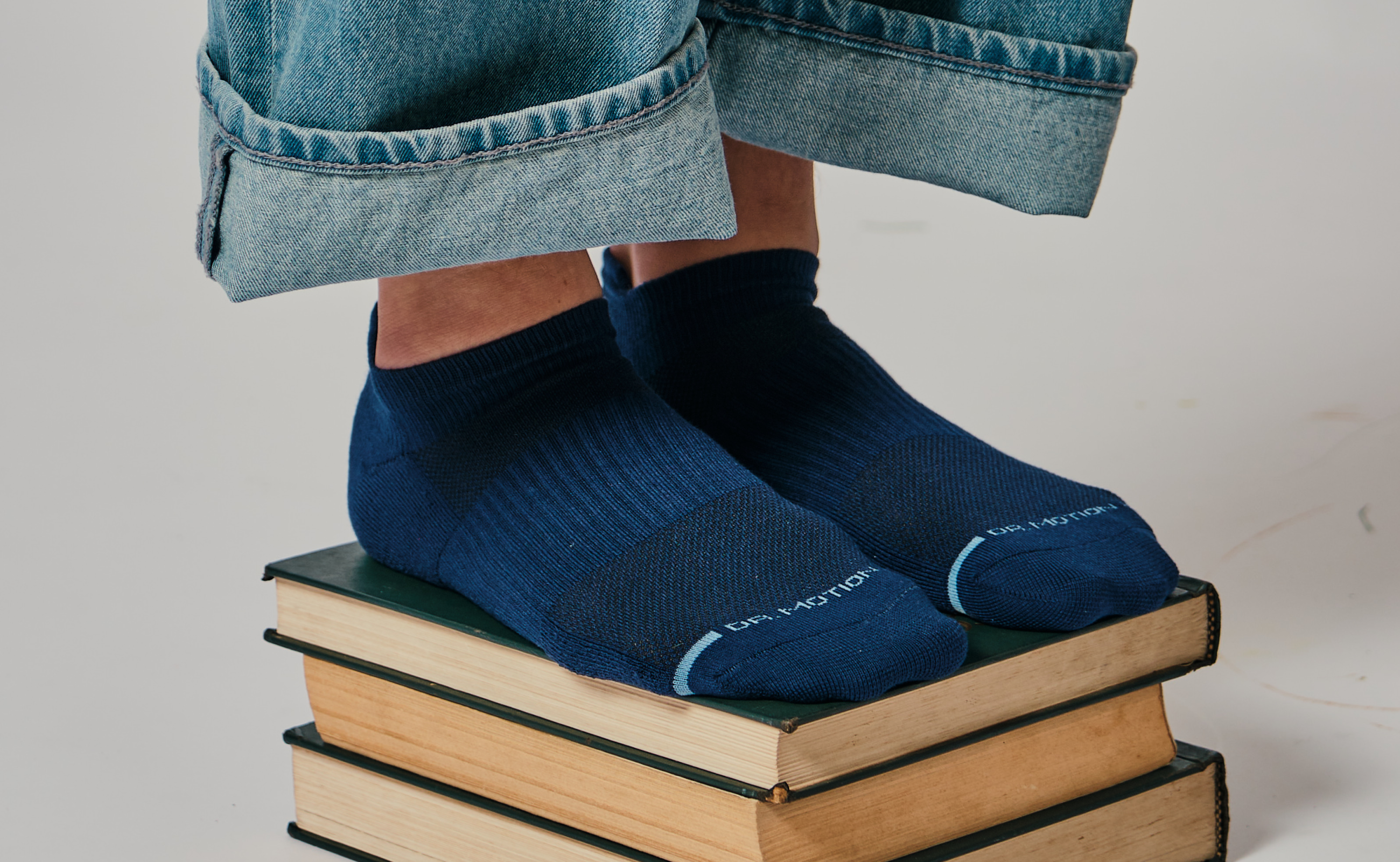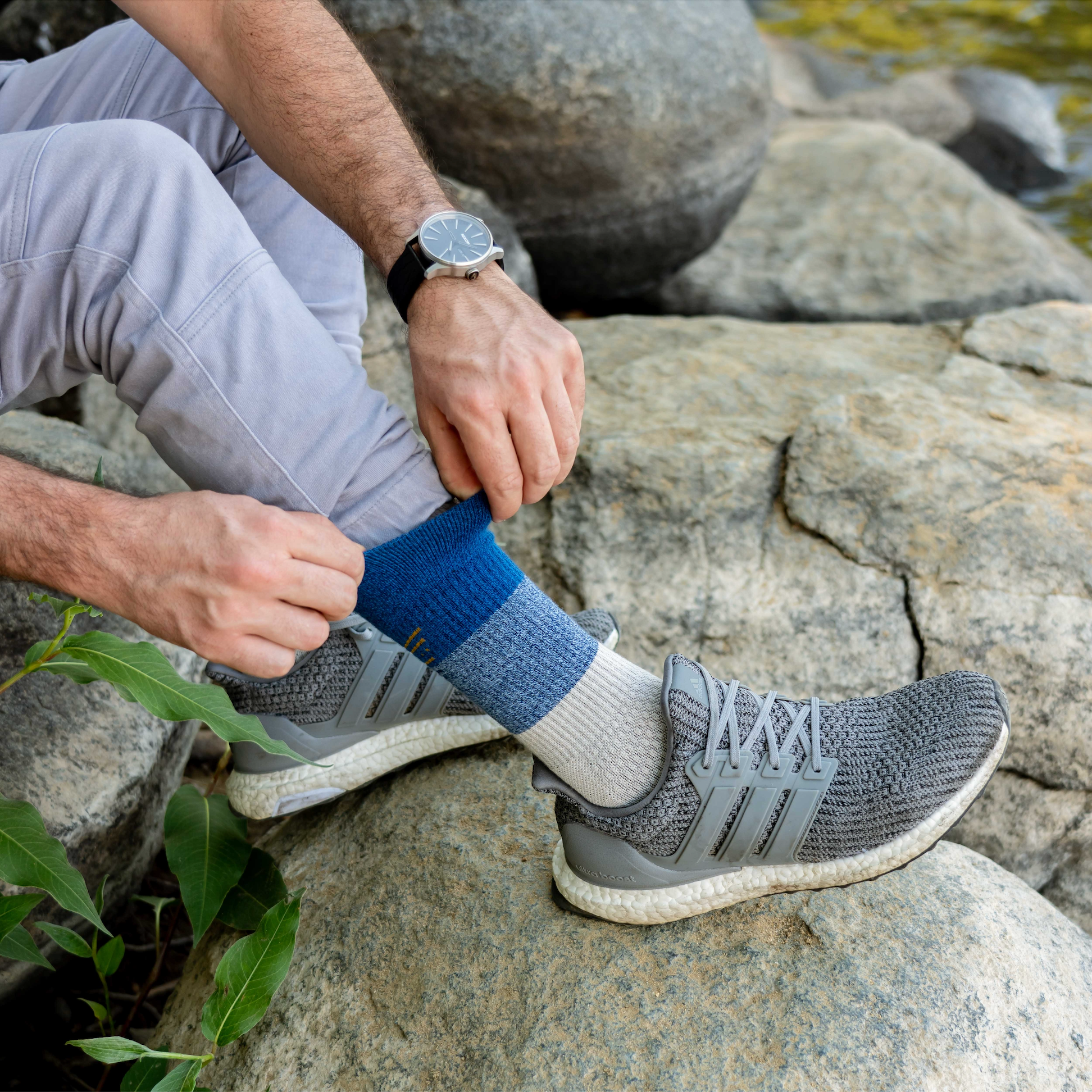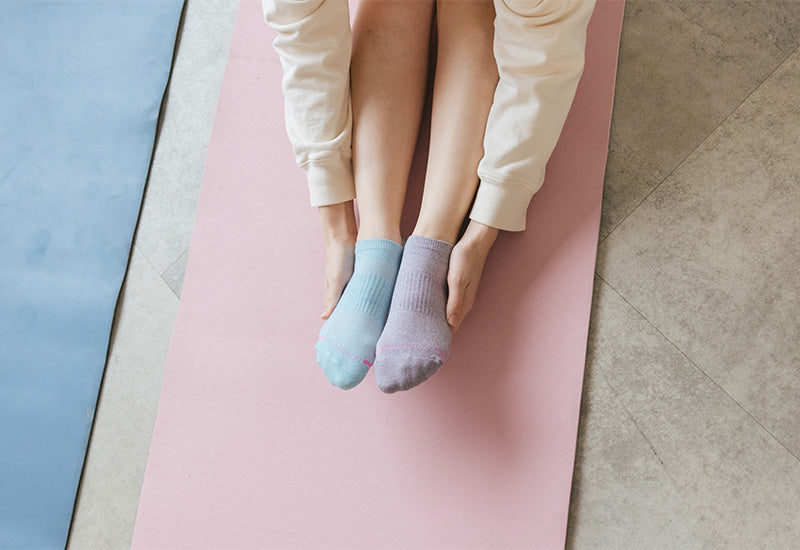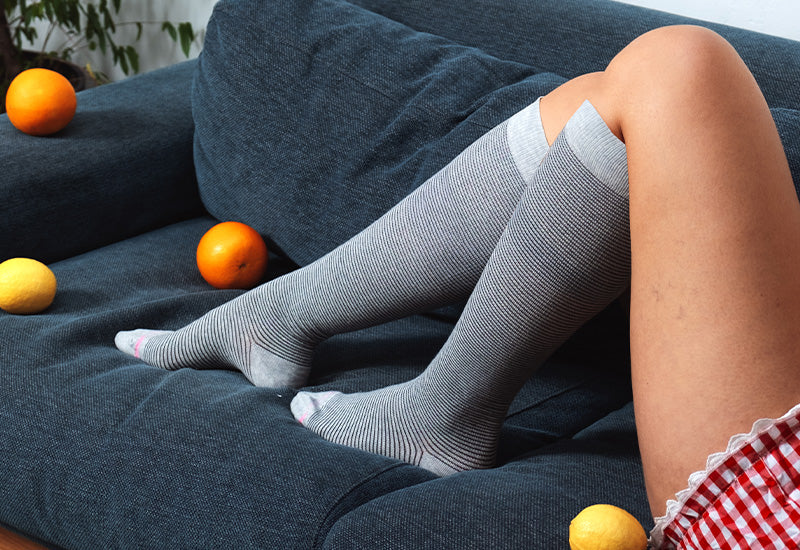Support Every Step: Compression Socks for Hikers & Walkers
Hiking and long walks challenge your legs with every step. The adventure is thrilling, but the strain on your muscles can lead to fatigue, swelling, and discomfort. The right gear can make all the difference, allowing you to push further without the pain. That’s where hiking compression socks come in—designed to improve circulation, reduce muscle strain, and enhance endurance. This guide walks you through everything you need to know, from choosing the right pair to wearing and maintaining them for peak performance.
Step Further, Recover Faster: Benefits of Compression Socks
Socks with built-in compression offer more benefits than you might expect. Here’s why they’re a must-have:
-
Improves Circulation
Long hikes or extended walks can cause blood to pool in your legs, leading to swelling and discomfort. Supportive socks apply gentle pressure, encouraging better circulation and preventing fatigue.
-
Provides Stability
Hiking and walking put significant stress on your calves, shins, and Achilles tendon, increasing the risk of shin splints, cramps, and muscle strain. Performance socks provide extra support to help reduce these risks.
-
Enhances Recovery
Post-hike soreness is common due to lactic acid buildup and muscle fatigue from prolonged activity. Compression socks apply gentle pressure to the legs and feet, enhancing oxygen delivery to tired muscles, accelerating recovery, and reducing soreness.
How to Choose the Best Compression Socks for Hiking & Walking?
With so many options available, finding the best one requires considering a few important factors. Let’s look at them:
Compression Level
Compression socks come in varying pressure levels, measured in millimeters of mercury (mmHg). The best compression socks for walking typically include a moderate compression level of 15-20 mmHg. These offer light yet effective support, such as the socks in our Moderate Compression collection. However, if you're trekking, a higher compression level of 20-30 mmHg may provide better muscle recovery.
Material and Design
Ensure you look for these features:
-
Moisture-Wicking Fabrics – Essential for keeping sweat at bay and preventing blisters, ensuring dry and comfortable feet.
-
Seamless Toe Design – Eliminates bulky stitching that might rub against your skin, reducing friction and irritation. For enhanced comfort, opt for socks with a terry inner lining, which provides soft padding while maintaining breathability.
-
Cushioned Soles – Provide extra support and absorb impact, helping to reduce strain on your feet and joints, especially during long treks on rugged terrain.
-
Arch and Ankle Support – Enhances stability, reduces fatigue, and lowers the risk of strain or injury. This design also ensures your socks stay in place, preventing bunching or slipping inside your boots.
Length
The best hiking compression socks depend on the terrain, duration, and conditions of your hike.
-
Knee-high socks are ideal for long treks and challenging trails, offering full-leg compression to improve circulation and reduce fatigue. Their added coverage also protects against scratches, insect bites, and harsh weather conditions.
-
For a balance of support and breathability, crew and mid-calf socks are a great choice. They offer ankle and lower leg support, making them suitable for moderate hikes, short-distance treks, or warm-weather conditions.
-
For shorter walks, light trails, or hot climates, ankle or low-cut compression socks provide lightweight comfort and flexibility, ensuring ease of movement without sacrificing circulation benefits.
Getting the Most Out of Your Pair: Wear and Care Tips
To maximize the benefits of compression socks, proper usage and maintenance are essential.
-
Ensure a snug yet comfortable fit without bunching or folding to prevent discomfort or reduced effectiveness.
-
If you hike frequently, having multiple pairs helps extend their lifespan by reducing constant wear on a single pair.
-
To prolong durability, wash in cold water with mild detergent and air dry. Avoid fabric softeners and high-heat drying to maintain elasticity and compression.
-
Keep them in a cool, dry place away from direct sunlight to prevent premature wear and loss of stretch.
-
Over time, compression may weaken. If you notice reduced support, sagging, or thinning fabric, consider replacing them for optimal performance.
Upgrade Your Gear for Unmatched Performance
Whether you’re an avid trekker or someone who enjoys casual nature walks, investing in the best compression hiking socks is a game-changer, and with National Walking Day around the corner, now is the perfect time to upgrade your gear. Our Athleisure and Outdoor collections offer a variety of options across sock lengths, designs, and compression levels, built to maximize comfort and support for you no matter where or how long you spend outdoors. Don't wait—explore our collection today and step into your next adventure with the perfect pair!


